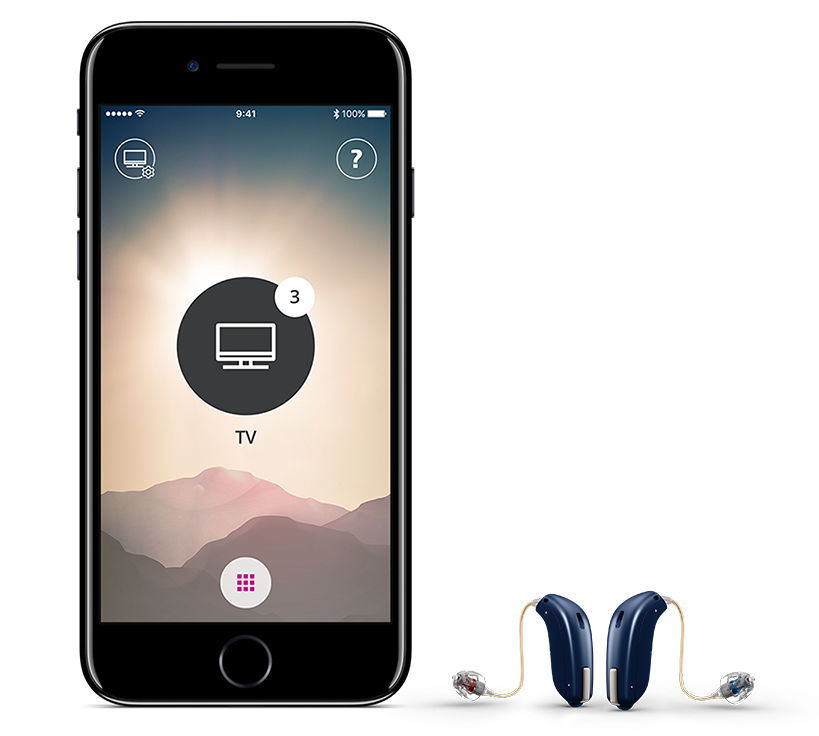IoT & Wearables: Disabilities

When we bring IoT and wearables to mind, we often think of extravagant devices. Other times, we might think of niche devices that may or may not serve any real purpose. When smartwatches where at the peak of their popularity, for instance, many questioned the usefulness of such a device.
What many of us neglect to think, however, is that technological innovations can often be used to aid a multitude of people. Individuals with disabilities, for instance, may find new helping hands in wearables and IoT.
Providing support for 1 billion people
Whenever there is discussion about accessibility and disability, I ask people to think of a simple question; if a (perfect) world was designed to be used by everyone, would we need to call anything a disability?
About 15 percent of the world’s population is currently estimated to be living with some kind of disability. Major tech companies have traditionally attempted to include a variety of accessibility services in their products, from magnification tools to talkback services and everything in between.
With the continuous expansion of the IoT and wearables market, several big and small companies have showcased their own accessibility tools. While many of these will be targeted at niche markets, they still demonstrate the possibilities of future technology.
Wearables and IoT for everyone
Exhibitions like CES are full of accessibility devices, if one knows where to look. This year, companies demonstrated smart walking canes, a glove that assists with rehabilitation, and a thin pad to turn any wheelchair into a smart one.
In addition to that, there are several areas of wearables and IoT devices which are focused entirely on accessibility. Hearing aids, for instance, are undergoing a sort of renaissance at the moment.
Augmented listening gadgets, while having no claim as medical devices, have prompted a small revolution. Advanced hearing aids like Oticon’s Opn promise a future where connected devices will have an intimate relationship with accessibility.
Similarly, OrCam’s MyEye is a wearable camera and mini speaker that can automatically pick up text from the surroundings, recognize people’s faces, and “talk” back to the user with the click of a button.
Wider applications
Devices such as the ones described above are undoubtedly helpful. A single gadget can completely transform someone’s life. Though most of the technology is still in its early stages, the results so far are very promising.
However, such devices are not the only answer. MyEye, for instance, can certainly read text from a product while someone is doing their shopping. What it cannot do is change the way a supermarket itself operates.
With IoT, simple actions and events can take on wholly different identities. Imagine a supermarket equipped with an array of sensors which can communicate to wearable devices. Shelfs, arranged in order, can “speak” their contents to the device while other sensors allow the user to navigate safely throughout the premises.
Haptic feedback is also posed to play a significant role in such devices. Aside from displays, this technology has numerous other applications. Lechal’s GPS footwear with haptic feedback is a fantastic example which aims to complement the white cane.
Making things possible
Wearable and IoT devices are not yet widely adopted but many would argue that it is only a matter of time before they are. After all, analysts regularly predict that the market will be a multi-billion-dollar industry in just a few years.
Thankfully, this means that the technology will become increasingly more accessible and inexpensive. The unfortunate fact is that providing solutions is often much easier than applying them.
IoT and wearables for individuals with disabilities will hopefully transcend many of those issues through specific targeting. Visual aids, for instance, will be uniquely targeted to a specific group of people who will hopefully have the means and knowledge to acquire and make use of such devices.
Right now, cost and availability are two of the biggest factors. While many devices are great in theory, they are only really accessible and affordable for a very small percentage of the population that needs them the most.
Conclusion
Though this article did not go into any considerable depth about any one device in particular, it will hopefully have proved as an informative piece regarding the current and future trends of IoT and wearables for disabilities.
In all of the excitement about smart fridges, we tend to forget that these technologies can and should be applied in more useful forms too. Creating viable choices for people with disabilities is what truly disruptive technology looks like.
Of course, that is not to say that wearables and IoT should always serve such an important purpose. Fun and creative uses are absolutely welcome too. We must simply remind ourselves, as well as the tech world at large, that innovative technology can often prove to be a viable aid, as long as we push for it.



